7 Things to Know about Jericho
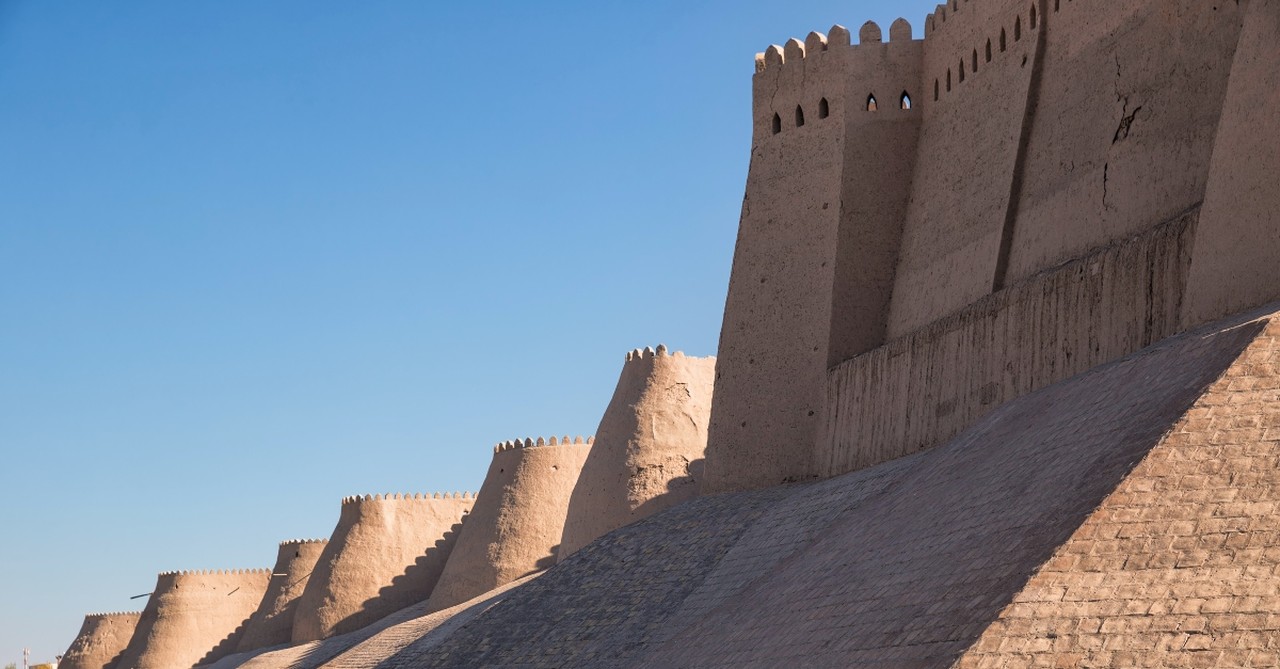
Often, the task of archaeology is to uncover a long-forgotten land. Part of the task is to discover the ancient location. Where was Sodom? Was it in the Northern part of the Red Sea? The Southern part? And even if you nail that down, where precisely was the ancient city that has been destroyed?
These questions are not an issue when talking about Jericho. We know where Jericho was because it’s where Jericho is today. Ancient Jericho is located in the northwest of present-day Jericho. In this location there have been some interesting archaeological finds.
Photo Credit: ©iStock/Getty Images Plus/Yulia-B
Where Is Jericho in the Bible?
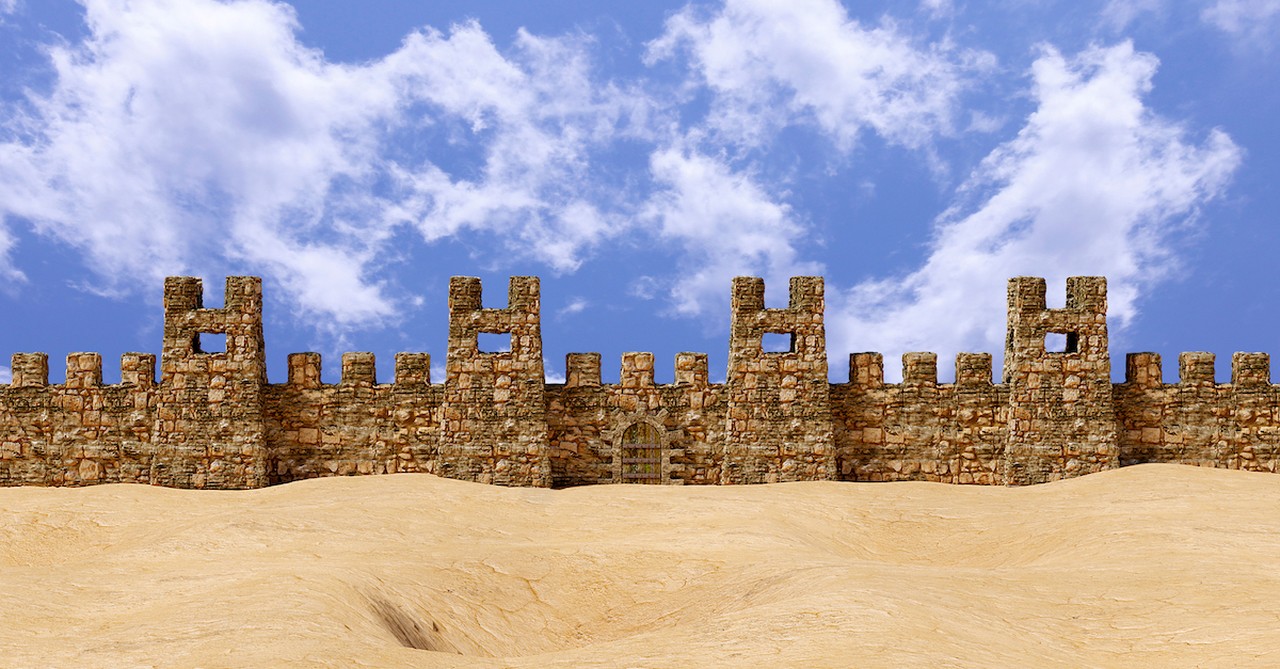
Where Is Jericho in the Bible?
SLIDE 1 OF 7
You likely have heard about Jericho because of the story in the Bible where Larry the Cucumber leads the army to march around the walls of Jericho and it sends the French peas tumbling. Wait, that’s the Veggie Tales version. The most memorable instance of Jericho is, in fact, this story (sans peas and cucumbers) found in Joshua 6. But Jericho appears a few more times as well.
Jericho is also the location of the story of Rahab and the spies in Joshua 2. It is here that the prostitute, Rahab, saves the Jewish spies. Eventually she marries Salmon of the Tribe of Judah and is the mother of Boaz. Thus, making Rahab be someone in the line of Christ. Her story begins in Jericho.
But sadly, we also read of their destruction by the Babylonians at the end of 2 Kings. (Their destruction is also spoken of in Jeremiah 39 and 52). Yet it pops up again in the New Testament. It is near Jericho that blind Bartimaeus is healed by Jesus. This famed city is also where Zaccheus climbs a sycamore tree for the Lord he wanted to see.
Throughout the Scriptures, Jericho is a place where we see the expansion of God’s kingdom. Sometimes through justice and sometimes through the grace of our Lord Jesus.
Photo Credit: ©GettyImages/Gilnature
Have We Found the Walls of Jericho?

Have We Found the Walls of Jericho?
SLIDE 2 OF 7
The short answer is “yes.” We have found the walls of Jericho. Whether or not these are the walls mentioned in the Bible might be up for some debate, though.
One of the first notable excavations was led by Ernst Sellin and Carl Watzinger from 1907 to 1909. But in the 1950’s Kathleen Kenyon led a substantial excavation that identified the remnants of a sizeable stone wall from the Neolithic period (circa 8000 BC). This showed that Jericho was a fortified city long before earlier researchers had believed. They also discovered more intricate fortification systems, which suggests a well-protected urban center, to date around 3000-2000 BCE.
However, the archaeological timeline that this uncovered caused some contradiction with accepted timelines of biblical data. The lack of pottery and other evidence from the Late Bronze Age (around 1400 BC) led her to believe that the ancient city was uninhabited some time before the period traditionally associated with Joshua's conquest. From her perspective this cast doubt upon the biblical narrative.
But Dr. Bryant Wood, an archaeologist for the University of Toronto, questioned Kenyon’s conclusions. He believed that her digs did not analyze areas of Jericho where the wealthy who owned this pottery would have been. He looked at the findings of another archaeologist, John Garstang, who did find an abundance of simpler, everyday clay pots and bowls from that period. Wood also said:
…three other lines of evidence converged to support his conclusion. A three-foot layer of ash, containing many pottery fragments and mud bricks from a wall, was found at the site, well preserved because it was sealed by sediments that accumulated over the years the destroyed city lay unoccupied. The charred fragments have been dated at 1410 B.C., plus or minus 40 years. Finally, several Egyptian scarabs, or amulets, found in tombs at Jericho had inscriptions placing them in the same period.
This has led Wood, among others, to believe that these are, in fact, the walls of Jericho which toppled in Joshua 6. The Scripture certainly speaks of the collapse of the wall and a massive destruction by fire. The archaeological evidence seems to confirm this.
Photo Credit: ©GettyImages/John Theodor
The Difficulty of Dating the Walls of Jericho
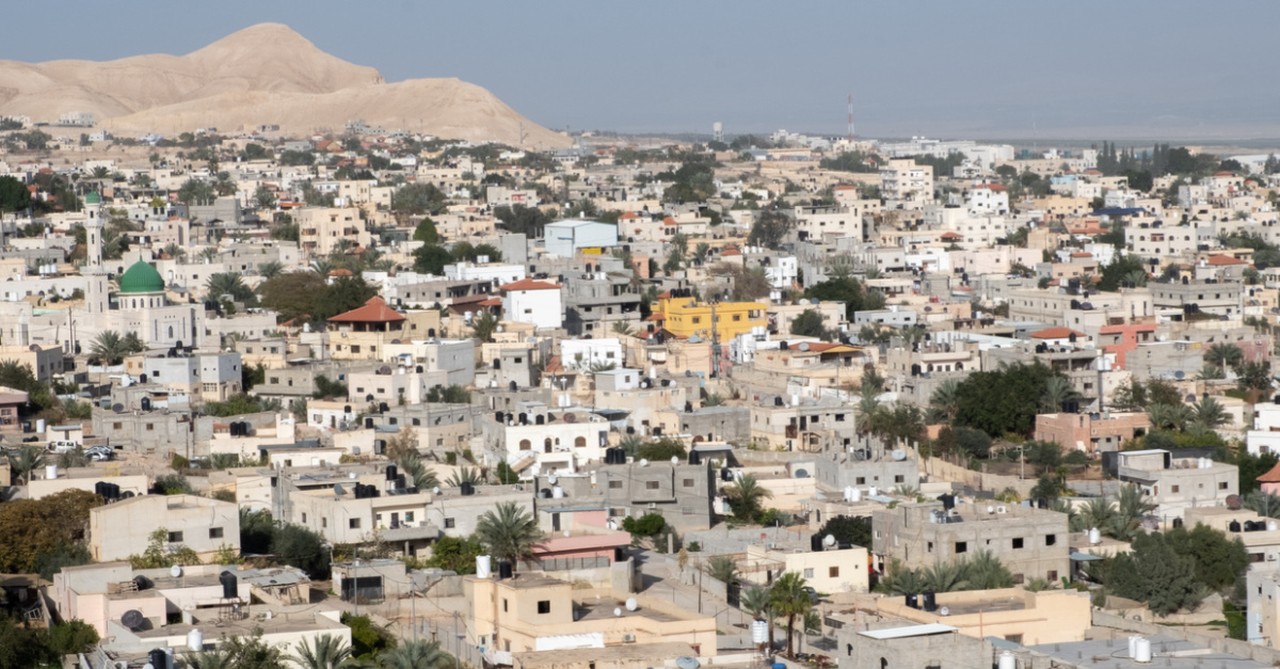
The Difficulty of Dating the Walls of Jericho
SLIDE 3 OF 7
As noted previously, there is much debate about whether or not these are the walls of Jericho mentioned in the Bible. As it is with most things, it seems that our presuppositions impact how we view the evidence. What methods should we use to date archaeological evidence? Three primary methods have been used to date Jericho's destruction: Carbon-14 dating, glyphs and inscriptions analysis, and ceramic typology.
Carbon-14 dating, though generally reliable, has yielded a broad range of dates for Jericho, from as early as 1883 BC to as late as 1262 BC, making it less definitive in this context. As recently as the year 2000, an Italian-Palestinian excavation team tested two samples—one dating at 1347 (+/- 85 years) and another dated 1597 (+/- 91 years). By carbon dating, we seem to still be stuck between the 1550’s and 1400’s.
Glyphs and inscriptions, including Egyptian scarabs found by John Garstang, provide more specific timelines. These scarabs, especially those of Pharaohs Thutmose III and Amenhotep III, indicate active occupation of Jericho into the 15th century BC, contrary to Kenyon's abandonment theory. Some of these items found in the cemetery outside of Jericho hints at activity at least through the end of the 15th century.
Ceramic typology, another crucial dating method, also indicates a destruction date around 1400 BC. As previously mentioned, Wood's analysis of pottery, particularly locally made imitation bichrome pottery discovered by Garstang, indicates a destruction date around 1400 BC. This aligns more closely with Garstang's original proposal and the biblical timeline of Joshua's conquest.
Photo Credit: ©Getty Images/Rex Wholster
Have We Found Rahab’s House?
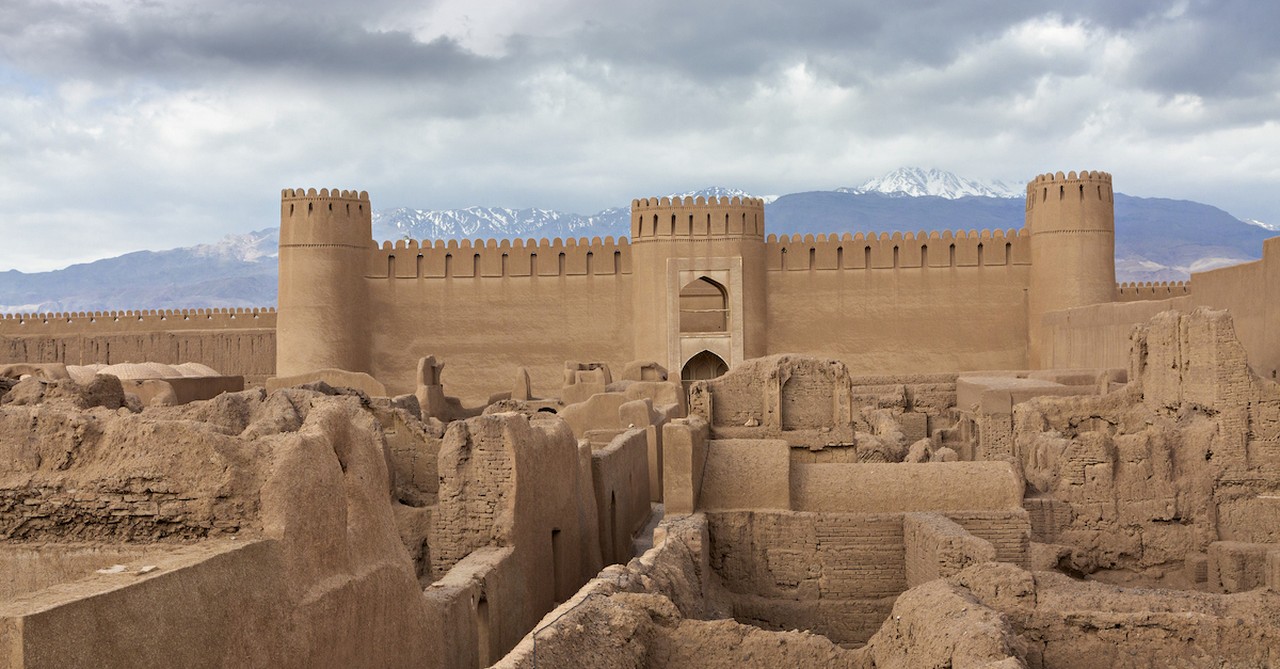
Have We Found Rahab’s House?
SLIDE 4 OF 7
To think that we possibly could have found a home from several thousand years ago and to be able to identify the specific honor of that house seems a bit fanciful, we must admit. But Rahab’s house wasn’t just any old house. In Joshua 6, when the walls of Jericho fell, we read that the house of Rahab was not destroyed because of her faithfulness and loyalty to the Jewish spies. Would it be possible to find anything that could corroborate this story?
There are a few details we can surmise about her house from the biblical text. First, we know that much like other houses in that time period, her roof would have been flat and accessible to the home. We also read from Joshua 2:15 that her house was “upon the wall.”
The 1907-1909 dig by Sellin and Watzinger did in fact discover a portion on the northern side of Jericho where the walls did not collapse. There is a small section of wall standing. Much to astonishment during the dig of John Garstang in the 1930’s they found remnants of houses built up against the wall that had not fallen.
We cannot be absolutely certain that this, or any, of the houses discovered, was, in fact, that of Rahab. But it is certainly interesting that we’ve found something that would square with the biblical narrative.
Photo Credit: ©GettyImages/Ozbalci
The Tree of Zaccheus?

The Tree of Zaccheus?
SLIDE 5 OF 7
In Luke 19, when Jesus entered Jericho, a tax collector named Jericho climbed a tree so that he could see Jesus. Today, there is a sycamore tree at a busy intersection in Jericho. This tree is believed by some to be the very one Zacchaeus climbed. Sycamore trees do not typically live to be over a couple hundred years old. However, some reports say that tests have been done on the tree and it is over 2,000 years old. If that is the case, it very well could be the actual tree which Zacchaeus sat in.
This sycamore has become a popular pilgrimage site for Christians visiting Jericho. Though there is no firm evidence that this is the exact tree it certainly gives a visual picture of what it might have looked like at a busy intersection in Jesus. Visiting the site can transport one back to the time of Jesus where he was teaching and those, like Zaccheaus, were anxious to hear His message and experience His transformation.
Photo Credit: ©Getty Images/Batke
Discovery of Churches from Byzantine Era
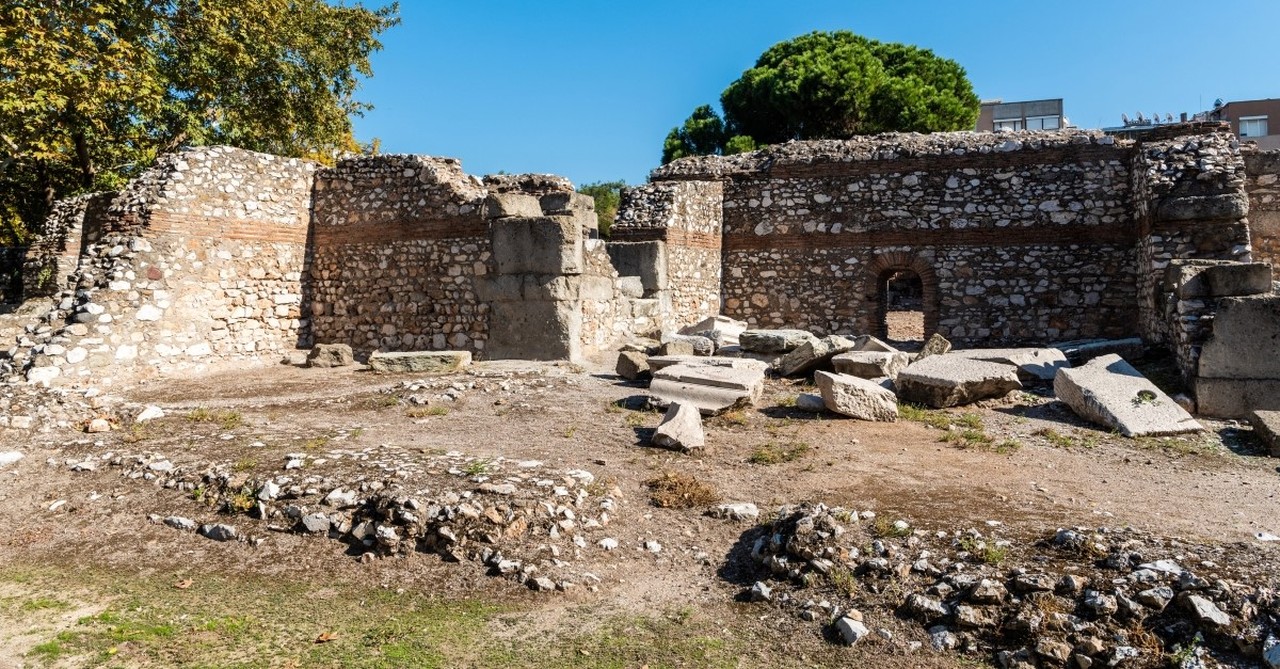
Discovery of Churches from Byzantine Era
SLIDE 6 OF 7
It seems that Jericho continued to hold a place of religious prominence even after the time of Christ, especially during the Byzantine period. Christianity held much sway in the city in the 340’s and the area became heavily populated. During this time, a few significant monasteries were built. Alongside these monasteries, a few Jewish synagogues were built and have been discovered.
The archaeological discoveries in this time have shed light on the city’s historical and religious development. One of the key archaeological features from this period is the remnants of Byzantine churches. Excavations have revealed several church structures within Jericho, many with intricate mosaics which are characteristic of Byzantine art. The presence of these churches points to a significant Christian population in Jericho, making it an important religious center during the Byzantine era.
In addition to churches, another noteworthy site is the Monastery of the Temptation, located on the Mount of Temptation near Jericho. This monastery was built on the place traditionally identified as the location where Jesus was tempted. The monastery itself was not discovered through archaeology but it is believed that Constantine’s mother
Traditionally identified as the site of Jesus’ temptation, this monastery represents the deep religious significance of the region and the trend of establishing monastic communities in places of biblical importance. Although the current structure has seen renovations and reconstructions over the centuries, its origins can be traced back to the Byzantine period. This monastery is not only a testament to the monastic life prevalent at the time but also a pilgrimage site, drawing visitors due to its religious and historical importance.
The archaeological evidence from this period reveals a bustling city. Residential buildings, public space, and fortifications give us a glimpse into the social structure of Jericho during this Byzantine rule. It also shows the impact that Christianity had upon this key city during the Byzantine Empire.
Photo Credit: ©Getty Images/AlizadaStudios
What Can We Learn from the History of Jericho?

What Can We Learn from the History of Jericho?
SLIDE 7 OF 7
The city of Jericho has a rich history. What can we learn from that history even today? Here are a few lessons:
Faith and Obedience: The toppled walls are a reminder of the role of faith and obedience. Marching around a city and blowing trumpets is an illogical strategy for military victory. But Joshua and the Israelites did this at God’s command and the walls fell. God’s plan often defies human understanding.
Grace and Redemption: The story of Rahab, the harlot (Joshua 2), who hid the Israelite spies and was spared during Jericho’s fall, highlights themes of grace and redemption. It will be through the line of Rahab that the Lord Jesus will be born.
The Beauty and Necessity of Repentance: The story of Zaccheaus is a reminder of the transformative power of repentance. It is a picture of Jesus desire to seek and save that which is lost and to fellowship with redeemed sinners.
Divine Sovereignty: The destruction of Jericho can also be seen as an expression of divine judgment and sovereignty. It reminds believers of God's authority over nations and cities, serving as a sobering reminder of the consequences of collective disobedience and moral decay.
Grace is Greater: The thriving Christian community at Jericho in the Byzantine era shows that grace wins out over the toppled ruins that result from rebellion.
To read more about significant places in the Bible, see the following articles:
7 Things to Know about Sodom
7 Things to Know about Bethlehem
7 Things to Know about Ephesus
Photo Credit: ©iStock/Getty Images Plus/Furtseff
Originally published April 08, 2024.









